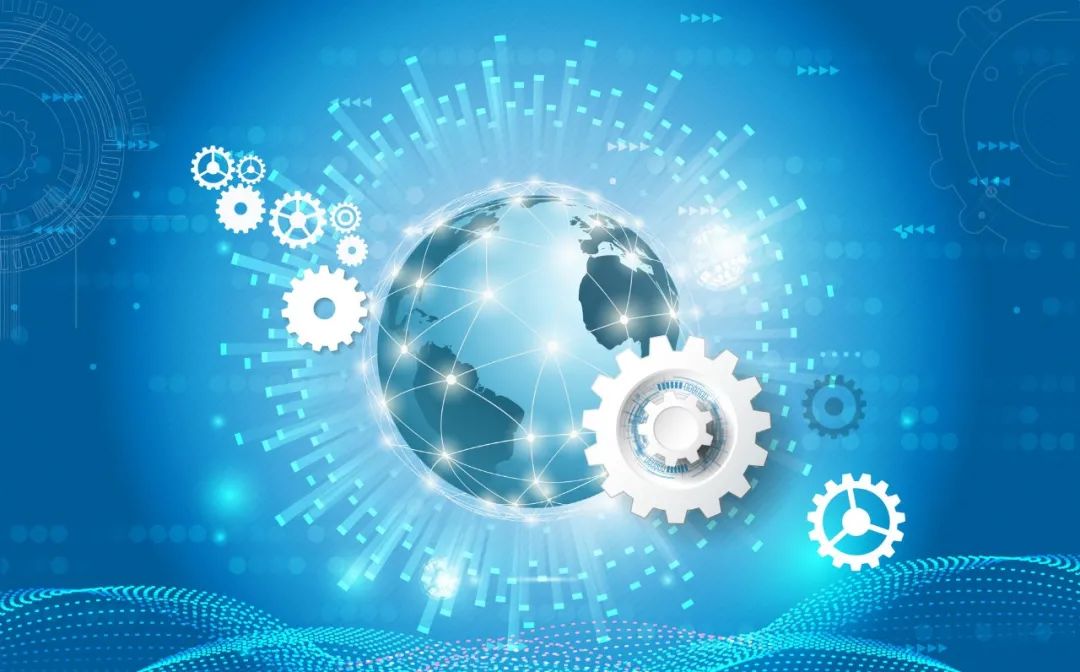
The field of the Internet of Things (IoT) is filled with acronyms, from LPWAN to MQTT to the acronym IoT itself. There are many branches in the application fields of IoT, one of which is IIoT, representing the Industrial Internet of Things.
The Internet of Things (IoT) adds value in three main areas: improving efficiency, enhancing health/safety, and creating better experiences. The Industrial Internet of Things (IIoT) only involves the first two areas, namely improving efficiency and enhancing health/safety.
The Industrial Internet of Things is one of the subcategories of IoT. IoT includes Industrial IoT as well as asset tracking, remote monitoring, wearable devices, etc. The Industrial Internet of Things particularly focuses on industrial applications, such as manufacturing or agriculture.
“The Industrial Internet of Things will change many industries, including manufacturing, oil and gas, agriculture, mining, transportation, and healthcare. Overall, these account for nearly two-thirds of the world economy.”
—— World Economic Forum, “Industrial Internet of Things Report”
In recent years, innovations in hardware, connectivity, big data analytics, and machine learning have converged, bringing enormous opportunities to the industry. Hardware innovations mean that sensor costs are lower, more powerful, and have longer battery life. Connectivity innovations mean that sending data from these sensors to the cloud is cheaper and easier. Big data analytics and machine learning innovations mean that once sensor data is collected, it is possible to gain powerful insights into manufacturing processes. These innovations can significantly improve productivity and drastically reduce costs.
An example that embodies the potential of the Industrial Internet of Things is predictive maintenance. A broken machine during the manufacturing process can mean millions of dollars in productivity loss, and the factory can only stop production to solve the issue.
The past solution was to schedule maintenance regularly, but this has its issues. What if the machine fails before maintenance? As mentioned above, this would lead to significant productivity loss.
Predictive maintenance means using more sensors to collect data on machines, and then using data analytics and machine learning to determine when machines need maintenance. Repairing too late can lead to machine damage, while repairing too early can lead to resource misallocation.
Predictive maintenance is just one example that has already been applied in reality. As the adoption and development of the Industrial Internet of Things accelerate, the changes will be profound. Ultimately, we can achieve an autonomous economy where supply fully meets demand, thereby completely optimizing the production process and achieving zero waste.
In many ways, the Industrial Internet of Things is leading the way and implementing faster than the Internet of Things. The motivation to adopt Industrial Internet of Things technology is much greater, and the focus areas of the two are distinctly different.
The Industrial Internet of Things connects critical machines and sensors in high-risk industries such as aerospace, defense, healthcare, and energy. In these systems, failures can often lead to life-threatening situations or other significant risks.
IoT systems are often consumer-level devices, such as wearable fitness tools, smart home thermostats, and automatic pet feeders. They are important and convenient, but failures do not immediately create emergencies.
Compared to IoT, the Industrial Internet of Things has more obvious short-term advantages. Manufacturing companies can reduce costs and improve productivity, which means a higher return on investment (ROI) for adopting Industrial Internet of Things solutions.
Disclaimer: This article is from Zhongzi Network, authored by Qin Jianzhong. We highly respect the copyright of the original author. If there are copyright issues, please contact the editor of this public account in a timely manner. Thank you!
◆ ◆ ◆ ◆ ◆
● Sui Rui Group becomes one of the first official suppliers signed by the Beijing Winter Olympics Organizing Committee
● Wuhan, we are with you!
● Supporting the Winter Olympics, Sui Rui leads the way
● The authoritative list of the ICT industry for 2019 has been announced, and Sui Rui Technology Group won two awards
● Sui Rui CEO Shu Cheng attended the 2020 China Information and Communication Institute ICT Deep Observation Report Conference
● China Mobile × Sui Rui Group: Communication + Cloud, everywhere is a confidant!
● Sui Rui Technology Group won the ICT China’s Best Industry Solution Award
● Sui Rui Technology Group Chairman Shu Cheng was invited to attend the 70th Anniversary Celebration of the Founding of New China
Company Profile
About Sui Rui Technology Group
Sui Rui Technology Group is an emerging “Intelligent World Builder & Operator” in the industry and is also the official collaborative office software supplier for the Beijing 2022 Winter Olympics and Paralympics, enjoying a good reputation in the government and enterprise market as well as the corporate Internet field for many years. Sui Rui has over 700,000 self-owned clients in government/enterprise, over 10 million platform service clients, and the cumulative number of end-users covered by the platform exceeds 100 million, providing solutions and supporting services related to the intelligent world field for a wide range of government and enterprise clients. Currently, the group’s products cover technological innovation fields such as artificial intelligence, the Internet of Things, industrial Internet, cloud computing (including communication cloud), big data platforms, edge computing, and information security.
Contact Us
Headquarters: No. 1 Baosheng South Road, Haidian District, Beijing, Building 18/19, Aobei Technology Park, Beijing Sui Rui Center
Global Customer Hotline: +86 400-010-6066
